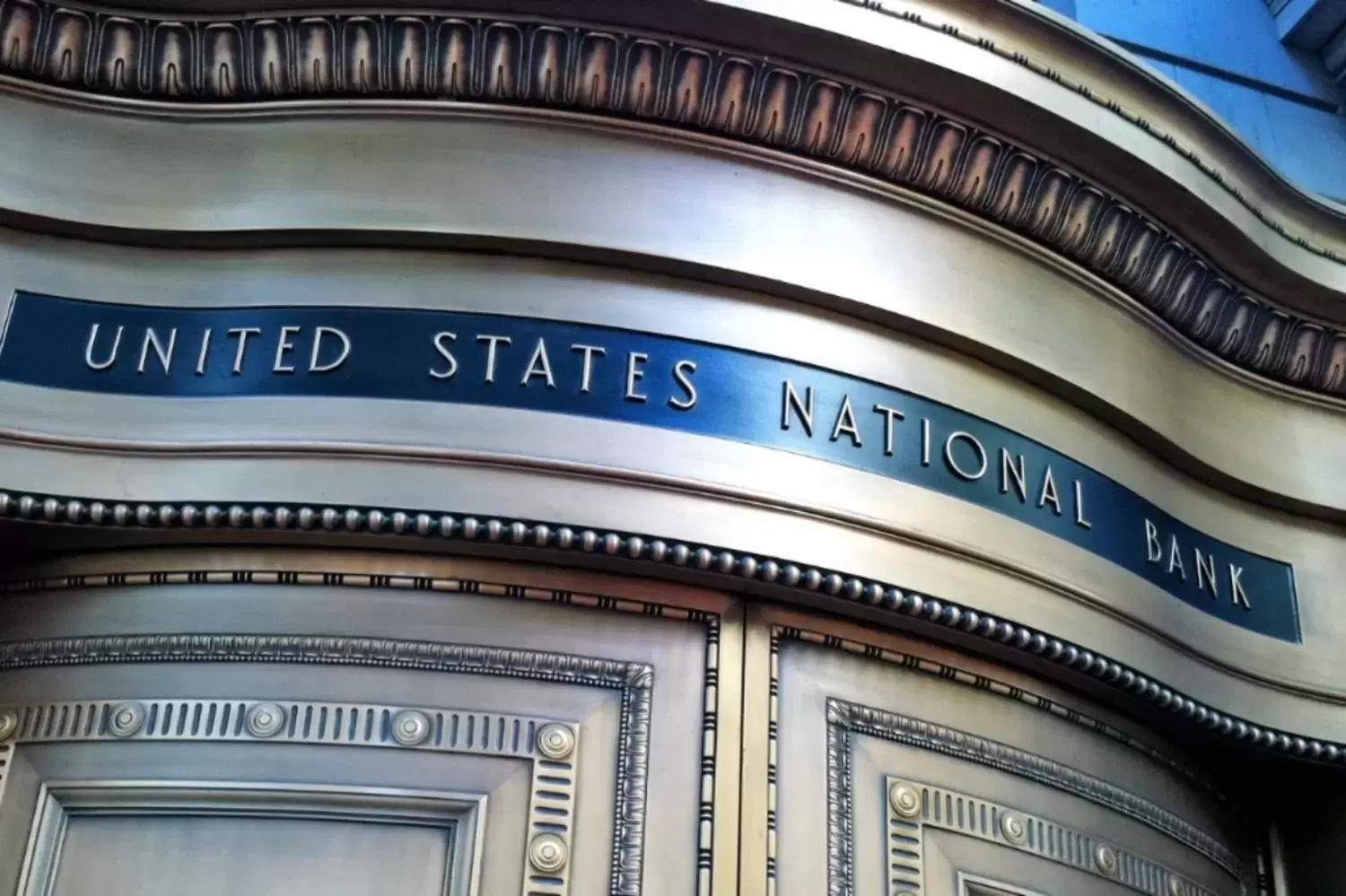
The Shocking Truth About Buying U.S. Bank Stocks
Keypoints:
- Despite the recent dip in U.S. bank stocks, the large banks are well-capitalized and have strong liquidity, which makes them less vulnerable to market volatility.
- The failure of SVB Financial Group has had a significant impact on the U.S. banking sector, but there are no contagion risks to these large banks from the fallout.
- Any sharp pullback in the shares of fundamentally strong banks could be a buying opportunity for long-term investors, as these corporations are well-capitalized and can access emergency funds under the Fed's new Bank Term Funding Program.
U .S. bank stocks are on crisis because of the Silicon Valley Bank, but is it time to buy?
Following the failure of Silicon Valley Bank Financial Group, the shares of top U.S. banks, including JPMorgan Chase, Citigroup, Bank of America, and Wells Fargo, saw a significant decline of 7%, 7.7%, 11.4%, and 11.7% over the past week.
Despite the efforts of regulators like the U.S. Fed, Treasury Department, and Federal Deposit Insurance Corp. to protect customer deposits and restore confidence in the overall banking system, investors’ negative sentiments could continue to remain weak on the sector as a whole.
However, any sharp pullback in the shares of fundamentally strong banks could be a buying opportunity for long-term investors. It is worth noting that the large U.S. banks are well-capitalized and have strong liquidity, which makes them less vulnerable to market volatility.

What is The Situation
In the aftermath of the collapse of Silicon Valley Bank (SVB) and Signature Bank, President Joe Biden has assured Americans that the US banking system is safe and that his administration will do everything in its power to stabilize the banks. Biden's comments come after the US guaranteed all deposits at the failed banks, which saw a rush of withdrawals from customers, creating a cash crisis.
Specializing in lending to technology companies, SVB was the largest failure of a US bank since the 2008 financial crisis. Regulators shut down the bank after it struggled to raise enough funds to plug a loss from the sale of assets affected by higher interest rates. The news of the bank's troubles led customers to withdraw their funds, causing a liquidity crisis.
In a bid to restore confidence, US regulators announced a new way to give banks access to emergency funds, making it easier for banks to borrow from it during a crisis.
The US authorities acted aggressively to prevent a contagion from developing, but there is no guarantee that their actions will work.
The failures of Silicon Valley Bank and Signature Bank have raised concerns about the stability of other US banks, especially in the wake of the collapse of Silvergate Bank. Financial shares were hit by the slump in Silicon Valley Bank's stock, and some banks, such as First Republic Bank, saw their share prices drop significantly.
However, HSBC has announced that it is buying the UK arm of Silicon Valley Bank, which may help to restore some confidence in the bank's operations. Meanwhile, authorities in Canada have taken temporary control of the assets of SVB's branch in the country.
The collapse of Silicon Valley Bank is a reminder that the banking system is not infallible and that there are risks associated with investing in banks. However, President Biden's assurances that the US banking system is safe may help to reassure customers and investors.
There are concerns that rising interest rates will uncover more "ticking bombs" in the banking system. Banks that are heavily invested in long-term assets with fixed interest rates may struggle to adjust to rising interest rates, leading to losses and potential failures.
The collapse of Silicon Valley Bank is a warning to investors that they need to be careful when investing in banks and other financial institutions. Investors should do their research and be aware of the risks associated with different types of investments. They should also be prepared to move their funds quickly if they suspect that a bank is in trouble.
The failure of Silicon Valley Bank is a blow to the US banking system, but it is important to remember that the system has weathered similar storms in the past. The US authorities have demonstrated that they are willing to act decisively to prevent a crisis from spreading, which should give customers and investors some comfort.

The Banks
First Republic Bank, for instance, crashed in the pre-market session despite management’s efforts to bolster liquidity in the business. This shows that investors’ sentiments won’t change overnight, and it might take some time before we see a significant rebound in the sector.
That being said, investors should look at each bank individually before making any investment decisions. For instance, JPMorgan Chase and Wells Fargo stocks carry a Smart Score of nine and eight, respectively, on TipRanks, which means they are more likely to beat market averages. Further, analysts’ average price targets show a decent upside in both of these stocks.
On the contrary, Bank of America stock has an Underperform Smart Score of three, while Citigroup stock has a Neutral Smart Score of four. Therefore, investors should take these scores into account before making any investment decisions.
It is also worth noting that the Fed’s new Bank Term Funding Program allows corporations to access emergency funds, which makes them more resilient to market volatility. This means that fundamentally strong banks like JPMorgan Chase and Wells Fargo have a safety net in place, which makes them attractive for long-term investors.
Overall, the decline in prices of top banks should not be a cause for concern for long-term investors, as these corporations are well-capitalized and can weather market volatility. While investors’ sentiments could continue to remain weak on the sector as a whole, any sharp pullback in the shares of fundamentally strong banks could be a buying opportunity for those looking to invest for the long term.
While the failure of SVB Financial Group has had a significant impact on the U.S. banking sector, investors should focus on the fundamentals of each bank before making any investment decisions. The Fed’s new Bank Term Funding Program and the overall resilience of the large U.S. banks make them attractive for long-term investors, and any sharp pullback in their share prices could be an opportunity to buy.
Share Share Share
